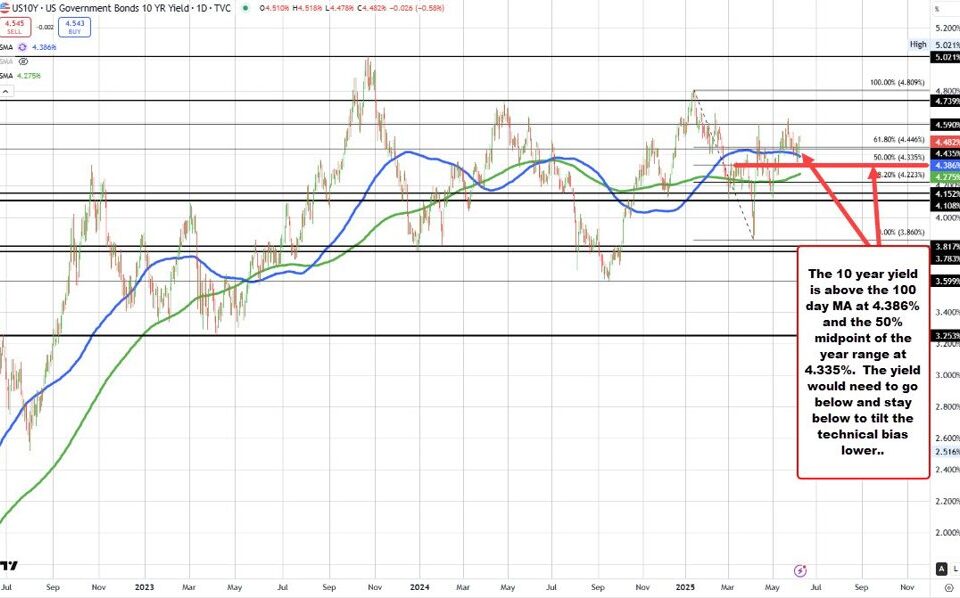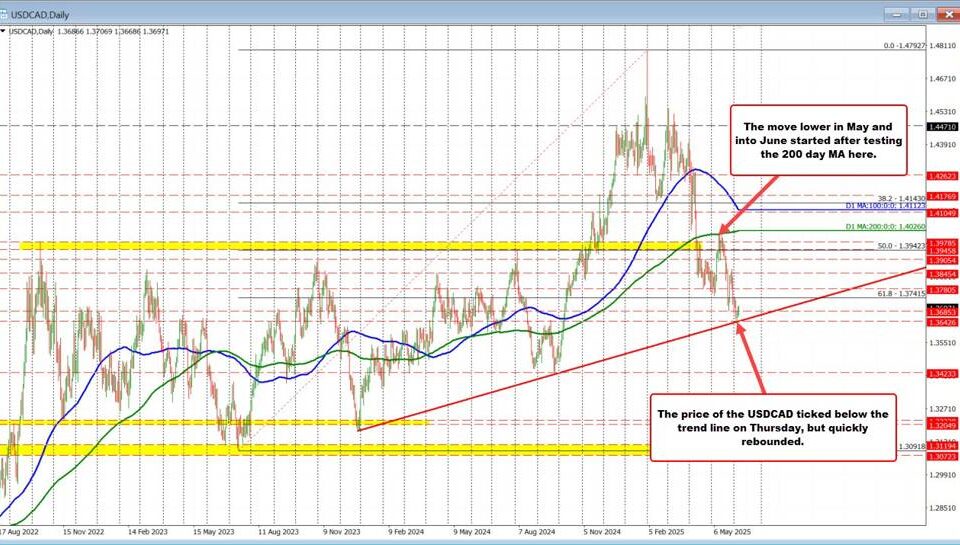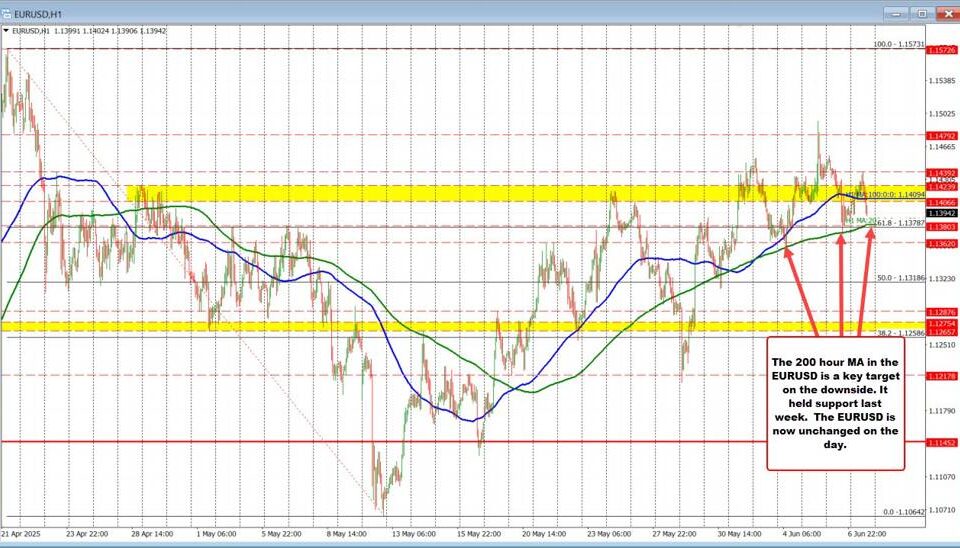Navigating Tariff Tensions: The Future of U.S.-EU Trade Relations
Tháng 4 14, 2025February 2025: Canadian Wholesale Trade Experiencing Modest Growth Amid Economic Challenges
Tháng 4 14, 2025U.S. Dollar Weakness: Analyzing Recent Trends and Future Outlook
The U.S. dollar’s trajectory has taken a downturn in recent weeks, signaling a shift in the global currency landscape. This decline aligns with overarching trends that paint a complicated picture for traders and investors navigating the foreign exchange market.
USD Performance in Recent Weeks
At the onset of this trading week, the U.S. dollar has demonstrated significant weaknesses against its major currency counterparts, a trend that has been more pronounced over the past quarter. Notably, the DXY U.S. Dollar Spot Index has plummeted by approximately 4.74%, reflecting heightened recessionary concerns and escalating trade tensions. These challenges have been exacerbated by President Trump’s controversial tariff measures, which have contributed to a more unstable economic environment. This decline not only affects the dollar’s strength but also instills uncertainty among businesses and consumers, who closely monitor currency valuations to inform their trading and spending decisions.
Currency Pairs to Watch
As the market evolves, specific currency pairs warrant particular attention. The EUR/USD pair has been notably impacted, with the euro gaining strength as a consequence of the dollar’s decrease. This shift can be linked to factors such as uncertainties stemming from tariffs and divergent monetary policy approaches between the European Central Bank (ECB) and the Federal Reserve (Fed). In fact, a detailed analysis of the EUR/USD currency pair highlights a slight upward trend and potential consolidation, indicating buying pressure at lower levels. Traders should consider buy entry points while monitoring for potential breakout scenarios as outlined in this analysis here. Meanwhile, the USD/JPY pair has faced a stark contrast in performance; year-to-date, it has dropped by 6% in 2025, a significant correction from the 11.46% increase observed the previous year.
Recent Economic Data Insights
The dollar’s struggles are compounded by recent economic data, particularly from the Eurozone. The euro’s rise in the last quarter is partly attributed to improved Purchasing Managers’ Index (PMI) figures, which signal stronger economic activity and investor confidence. Furthermore, rising producer cost pressures suggest that inflationary trends are influencing market expectations. For the Japanese yen, the outlook is equally critical, as its future performance will hinge on forthcoming monetary policy decisions made by the Bank of Japan. Recent analyses have indicated a neutral trading trend observed between the USD and CAD, reflecting indecision in the forex market, making a cautious approach advisable for traders awaiting clearer trends. More on this topic can be found here. With the announcement of gradual interest rate hikes for 2025, the yen’s dynamics against the dollar could evolve, making this an essential period for market watchers.
Upcoming Economic Events
Looking ahead, traders and analysts will keenly anticipate significant economic events that could shift currency trends. One pivotal date is April 16th, when the U.S. Retail Sales data will be released. This report is crucial, as it provides insights into consumer spending habits and economic health. Additionally, the Bank of Japan’s interest rate decision on April 30th promises to add another layer of complexity to the forecast. Both events have the potential to catalyze fluctuations in currency markets, emphasizing the need for vigilance among traders.
In summary, the current landscape of the U.S. dollar shows considerable challenges in the face of rising recession risks and evolving global trade policies. As data rolls in and crucial policy decisions are made, analysts will be watching closely for hints about future currency movements and market sentiment. Understanding these dynamics will be crucial for making informed financial decisions in the coming weeks.




